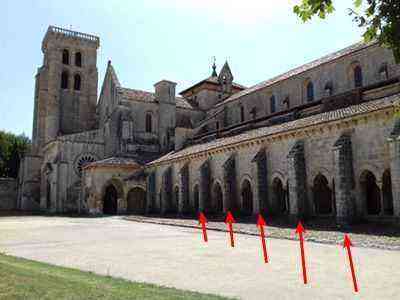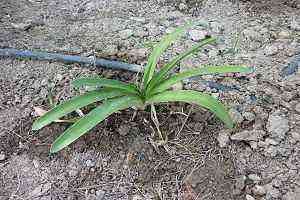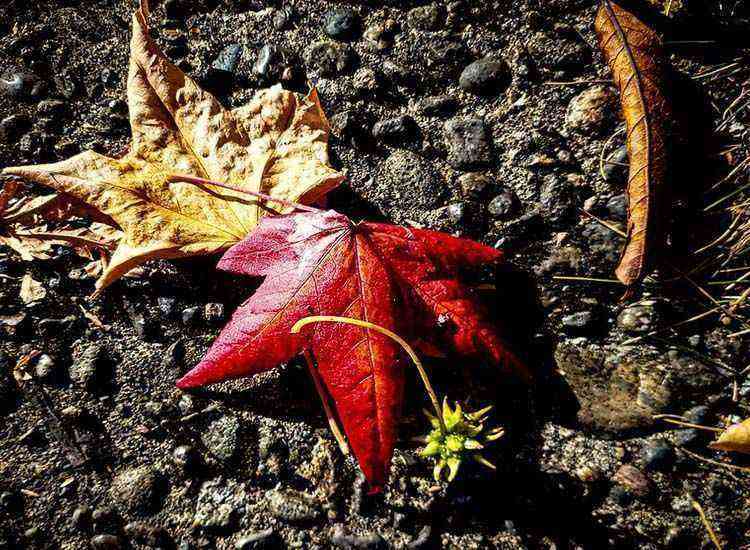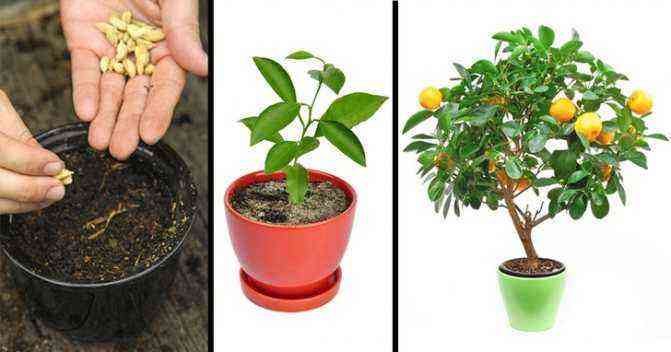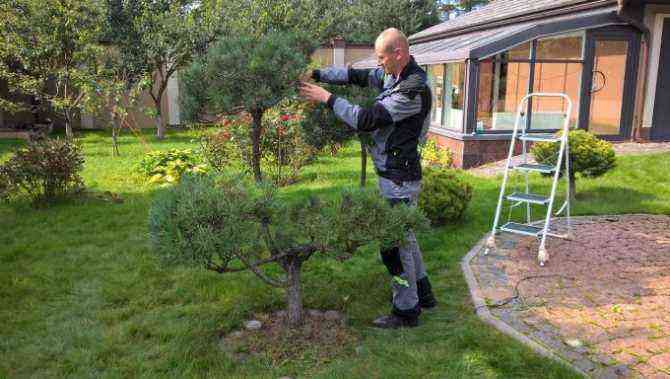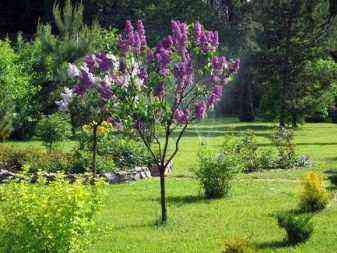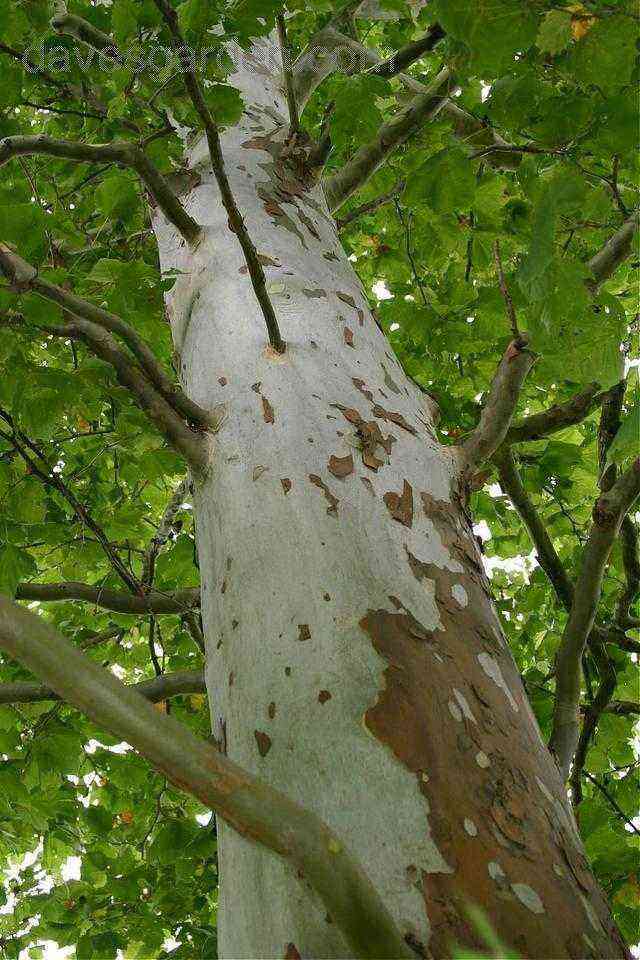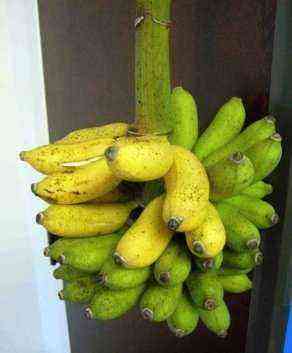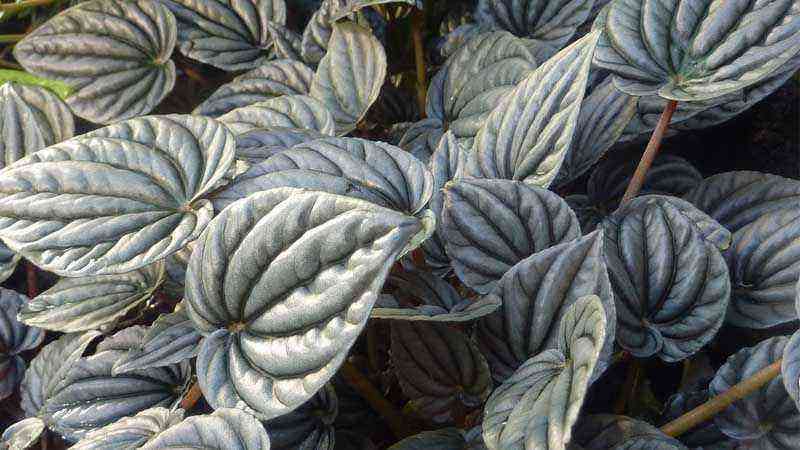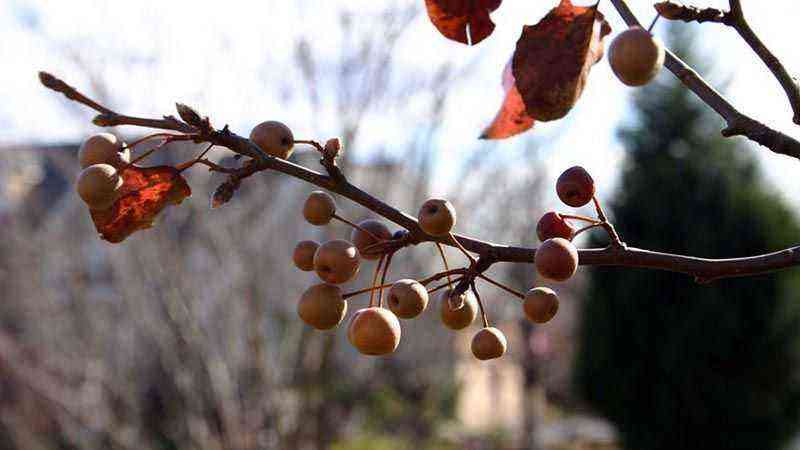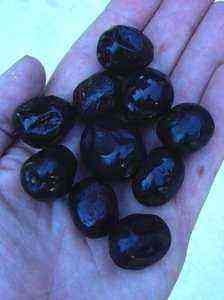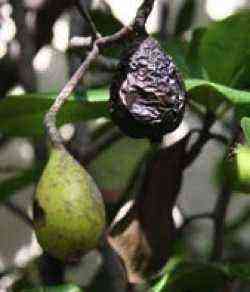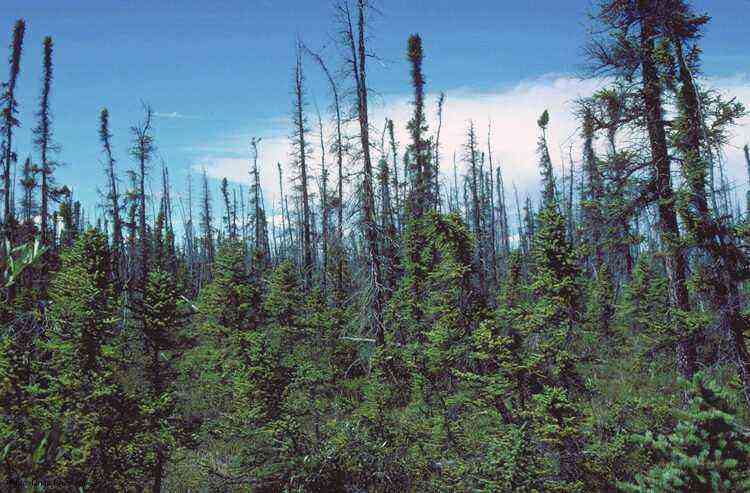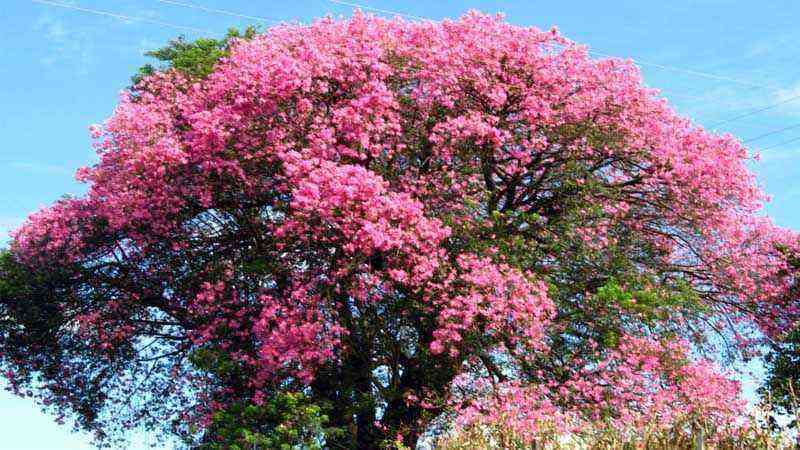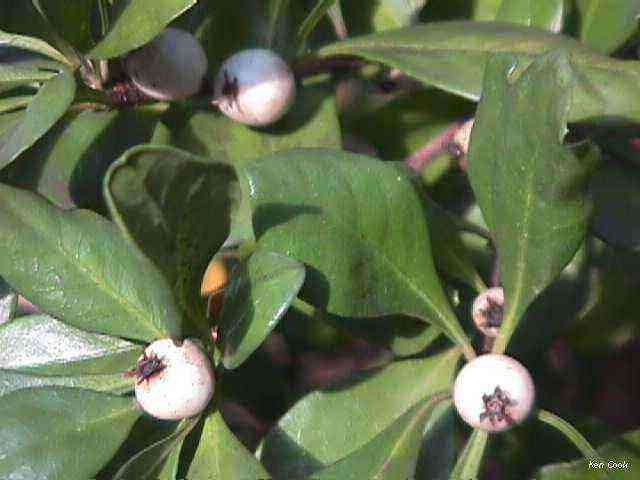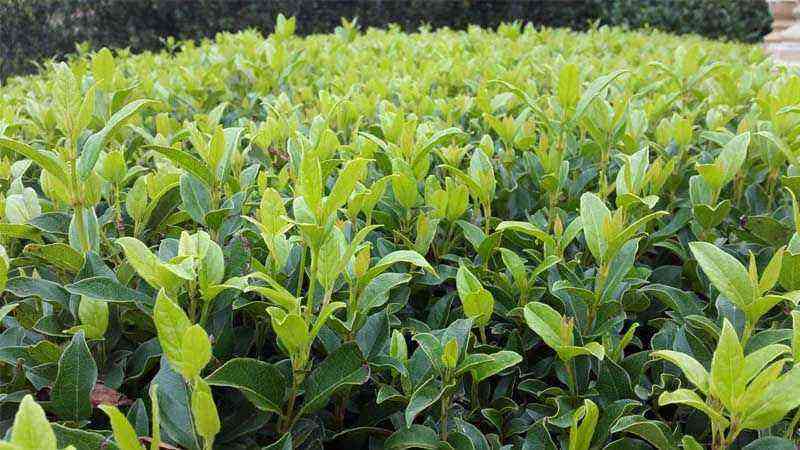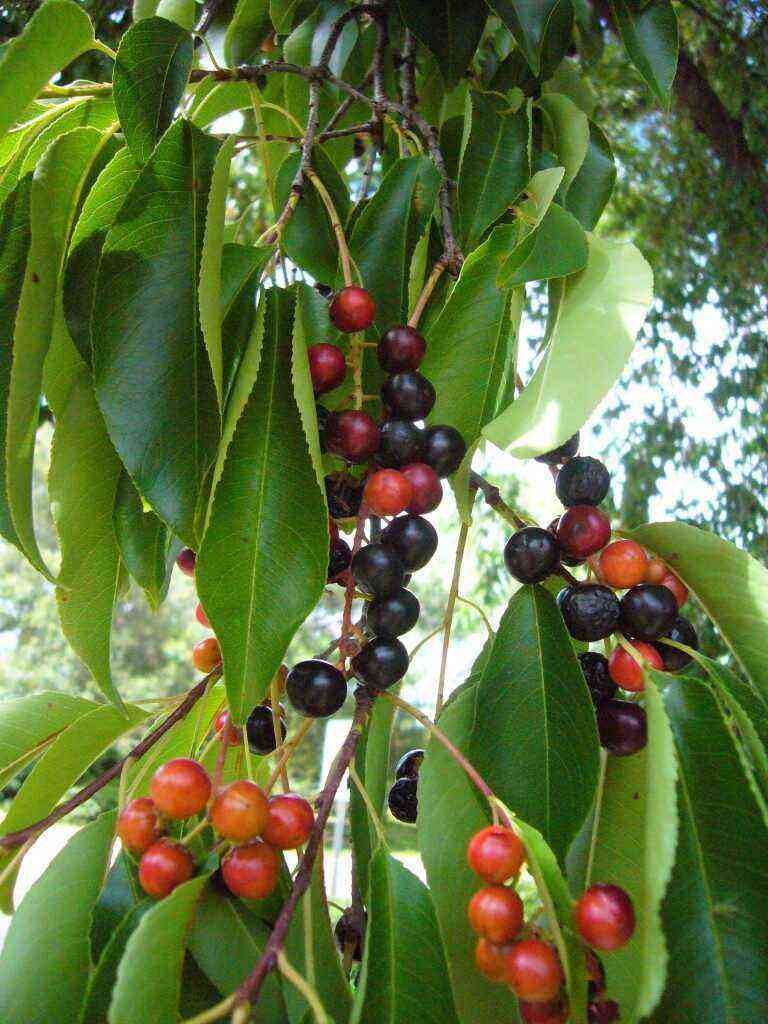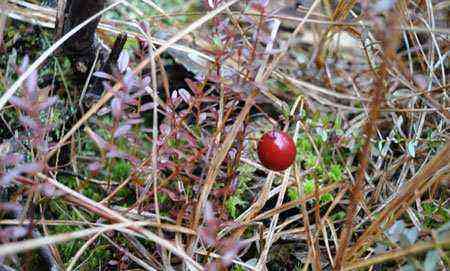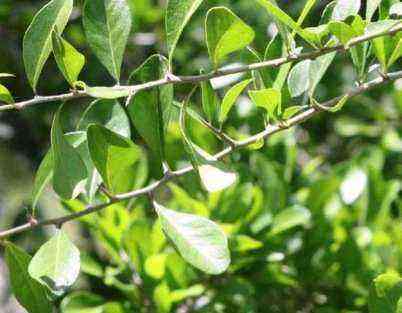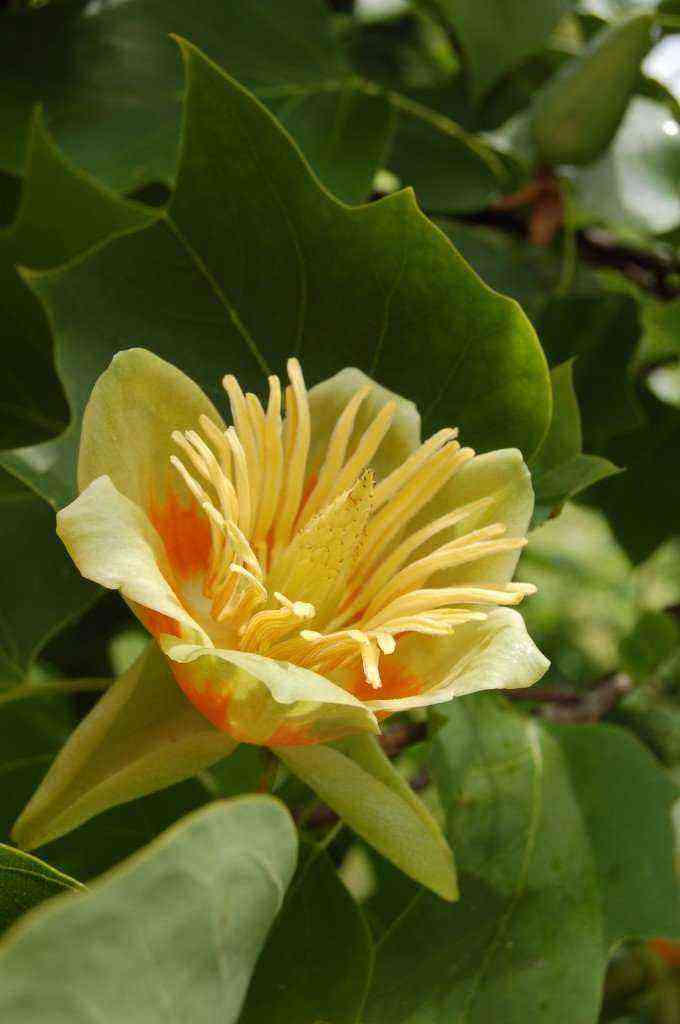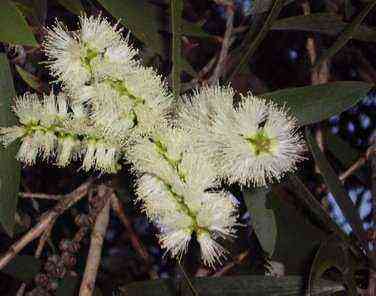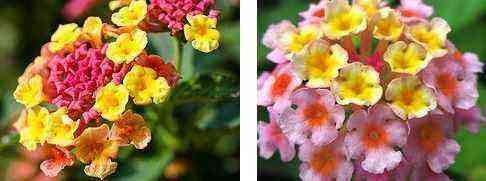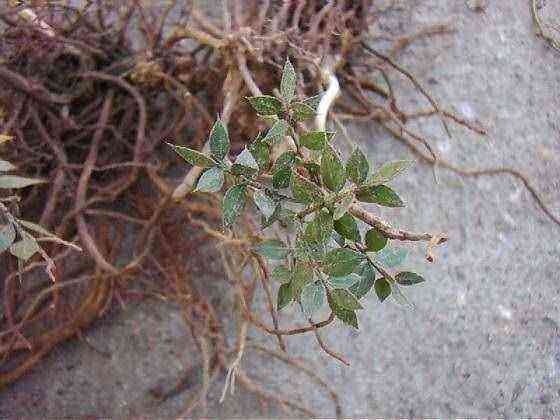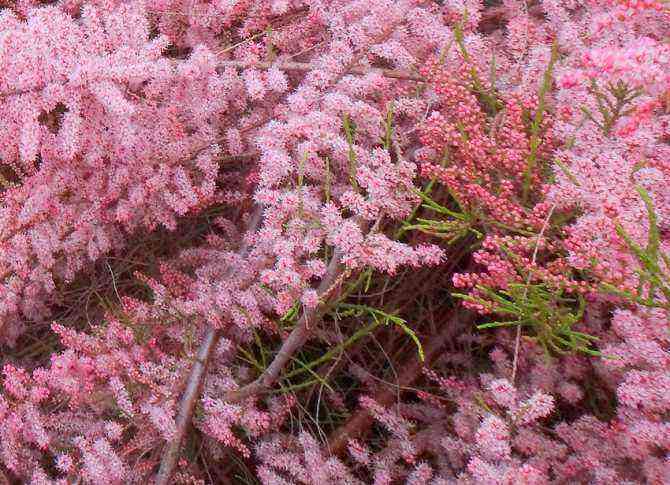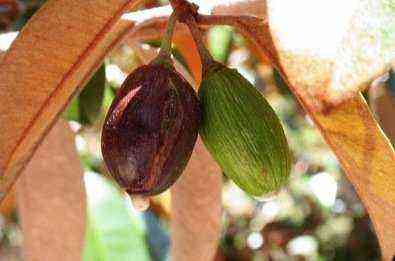Thuja (tree of life) is an evergreen coniferous tree that is part of the cypress family. This genus unites 6 species originating from the forests of East Asia and North America. There are many varieties of thuja, which have different shapes: some are conical, others are round. “Leaves” are green, grayish-golden or bluish, depending on the selected variety, with a fragrant smell.
We grow an evergreen hedge from thuja
Dwarf thujas do not exceed 100 cm in height and are suitable for planting in pots, while others reach up to 20 m in height.


Depending on the variety and variety of thuja, they reach 20 m in height
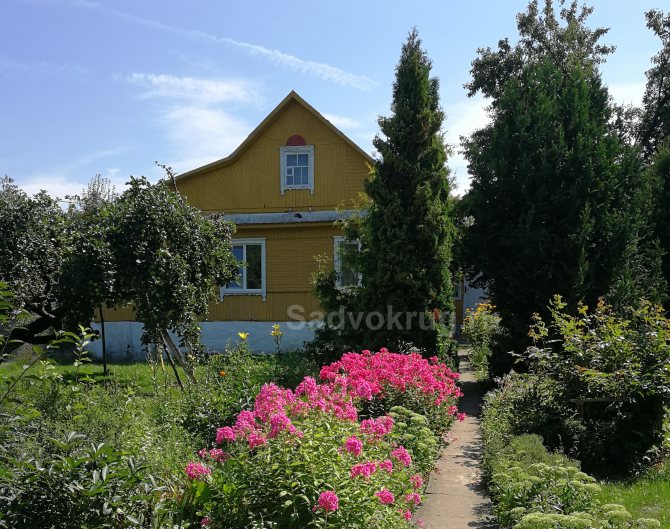

Thuja at their summer cottage
Tui are considered a classic among trees, with the help of which they create green hedges. It is appreciated for its fast growth, pollution resistance, and compactness. But the function that works best for thuja is the creation of hedges.
Thuja is considered a fast growing tree
The difference with the previous photo is 5 years
Despite all its attractiveness, thuja is considered a poisonous plant and quite toxic. Birds and insects are not welcome in its hedges. Moreover, the dense and compact structure of the branches prevents birds from nesting.
Do you know that… The essential oil of this ornamental plant looks like absinthe! In high doses, it can be toxic to the nervous system.
But if you decide to plant thuja, consider the three main ways of reproduction of thuja:
- seeds;
- cuttings (twigs);
- ready-made seedlings for planting.
Features of agricultural technology
Growing thuja does not cause much trouble, provided that some simple principles are followed:
- The soil. The tree grows especially well on fertile, peaty, sandy soils. But, if necessary, you can plant thuja in poor soils. Maybe it will grow and develop at a slower pace, but the beauty of the tree will not suffer from this.
- Moisturizing. Thuja needs watering, develops well in moist soils. But there are already varieties that are adapted to drought conditions.
- Lighting. The plant loves sunlight, but does not tolerate direct rays, especially in the hot season. The best place for planting is illuminated in the morning and evening. If there is no alternative, it can be planted in a shaded area.
- Temperature. Due to the variety of varieties, it is possible to grow the tree in almost any temperature conditions. It is very important to choose the right type of thuja, adapted to certain climatic conditions.


Ephedra is grown exclusively in the air.
Ephedra is grown exclusively in the air: in the open field or in a pot.
Thuja propagates by seeds and cuttings. This is a rather painstaking process, extended over time, but does not require financial costs, the resulting sprouts are already adapted to the characteristics of the habitat. To achieve a faster and more effective result, it is better to purchase a ready-made seedling. The disadvantage of this method is the cost of planting material.
Thuja in Siberia and the Urals planting and care
Juniper in the Urals: planting and care
In order to grow a beautiful tree in difficult Siberian or Ural climatic conditions, you should carefully choose the type of plant and study some of the features of proper care.
One of the most important factors is the choice of a zoned variety. Of the 5 known types of crops for cultivation in these regions, only one species is adapted – western thuja. Since its variety has about 120 varieties, the choice is wide, it is not difficult to choose a tree to taste.

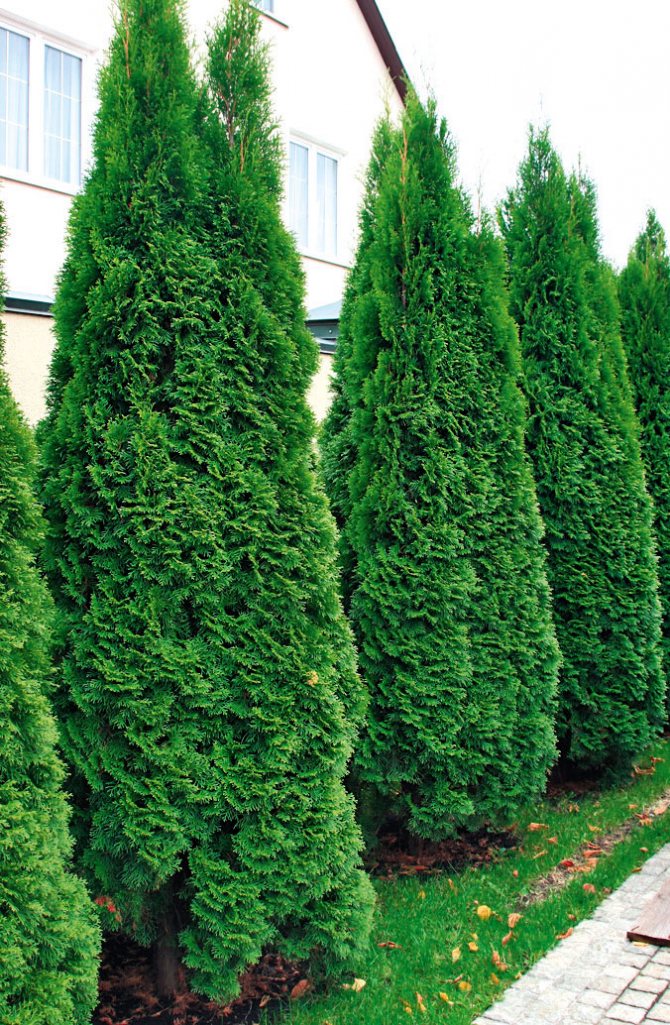
Choosing a zoned variety
Distinctive characteristics of western thuja:
- High winter hardiness (withstands up to -35 degrees without shelter), drought resistance;
- Slow growth. The age of the tree can reach 150 years, the height is up to – 20 m;
- The crown is pyramidal, conical or oval.
The most popular thuja for the Urals are the Smaragd, Brabant, Woodworth, Dannika varieties.
Thuja in the Urals planting and leaving
A feature of planting these conifers in harsh regions is the time they are carried out – preferably in the spring. During the planting period, the seedling is vulnerable, it is sick for some time, it may not have time to take root and gain strength before the onset of frost. There is a risk that the tree will not survive the long winter and will die.
Thuja planting in Siberia consists of several stages:
Transplanting an adult tree
Conifers have a shallow root system, so replanting them is fairly easy. Transplant procedure:
- You need to retreat 40-50 cm from the trunk and use a sharp shovel to stick the soil around the bush.
- Carefully pry the tree along with the outlined circle and the near-stem area.
- Remove the plant from the ground, put it on a wheelbarrow and transport it to a new planting site.
- Place the tree in a previously prepared hole along with a lump of earth, sprinkle with soil mixture and water abundantly.
Large trees should be pierced one year before replanting. During this time, new roots will grow inside the circle and when the plant is removed, the soil will not fall apart. In a new place, with proper care, the transplanted thuja take root quickly.
Care culture
Planting thuja is just the beginning of the growing process. To get a beautiful, healthy plant, you need to properly care for it.
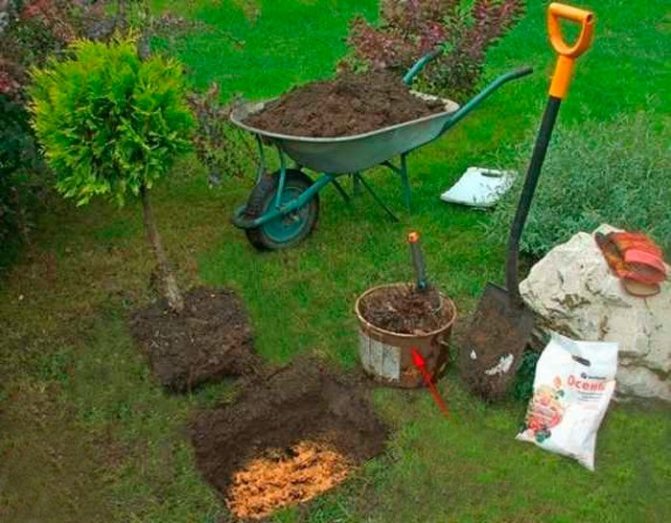

Plant thuja
Apricot in the Urals (planting and care)
Basic principles of proper care:
- Watering. Thuja is a moisture-loving plant that requires regular moisture, especially young trees. During the hot period, watering is carried out at least once a week, preferably in the evening. Thuja also responds well to sprinkling – the crown is well moistened and dust is washed off. Towards the middle of autumn, watering stops – the plant must rest before winter.
- Loosening. It is advisable to carry out after each watering or heavy rain. The soil should be loosened carefully and shallowly – the roots of the plant are located close to the surface.
- Pruning. One of the most important processes. It is recommended to trim twice a year: in spring and autumn. First, sanitary pruning is carried out: weak and dry branches are removed. After this, formative pruning is performed. In cold regions, the second pruning should be done in the second half of the summer.
- Top dressing. Thuja develops well without additional fertilizers. If necessary, fertilizing can be carried out in the spring in the form of nitrogen fertilizers, in the summer – in the form of potash fertilizers. If complex funds were applied during planting, then re-fertilization is carried out only in the second year.
Important! In the case of excessive feeding, thuja can bloom profusely and for a long time (the process is called dusting), forming cones. According to gardeners, this phenomenon negatively affects the decorative effect of the plant.
Tuyu can be used as an ornamental plant, as a tapeworm, and in combination with other conifers. Ferns, barberries, hosts, echinacea can become interesting neighbors for this ephedra. In addition, thuja can be planted near the house without any problems, it perfectly ionizes the air and is not a fire hazardous plant – the trunk is dense, the branches contain high humidity.
Fertilizers and fertilizers
You need to be very careful about feeding the thuja. Excess fertilization leads to a rapid growth of the green mass, the crown loses its desired shape. If necessary, the poor condition of the plant, yellowing, slow growth, you can carry out top dressing in the form of complex fertilizers in the spring or alternately with nitrogen, potash and phosphorus dressings.
For your information. Nitroammofoska and iron chelate have a good effect.
How to choose a seedling?
For high-quality planting of cypress, it is better to choose seedlings that are sold in the nursery. If they are purchased for planting in the spring, then it is better to give preference to mature trees. Small seedlings, as a rule, are not sold for this planting technology.
For the selection of seedlings, follow the rules:
- young seedlings were to be grown in perfectly moist soil;
- shoots on the branches of thuja emeralds must be firmly fixed;
- the needles should not fall off during processing.


Thuja in the suburbs
Mulberry in the Urals: planting and care
In the Moscow region, as in the entire central zone of Russia, two types of thuja can be grown: western and folded.
The most popular varieties:
Thuja western:
- Emerald. Easy to grow and absolutely undemanding variety. The color is bright green or yellow. Grows up to 4 m in height and 5 m in spread. It develops in the form of a beautiful pyramid. An important feature is that it holds its shape well even without trimming.
- Brabant. Tall variety. Grows in the form of a column. A sought-after variety due to its fast growth and affordable price. It practically does not change color throughout the year, it is quite picky about the composition of the soil – it prefers light fertile soils.


Brabant - Hoseri. A well-known dwarf variety of emerald color. It grows up to half a meter. Winter hardy, drought tolerant, but sensitive to soil quality. Perfect for small slides or flower beds.
Thuja folded – the tallest type of thuja, but prone to freezing:
- Zebrina is an unusual pyramidal variety. It stands out for its original bright green color with white touches. Used as a solitary plant.
- Kornik. Low grade. It is characterized by a beautiful regular column shape. It tolerates a haircut perfectly, but is quite picky about care – it needs feeding, watering, insulation.
Frost-resistant varieties
Rhododendrons in the Urals: care and planting
The following varieties of western thuja are distinguished by the maximum degree of resistance to low temperatures.
Golden Globe
A dwarf shrub with a spherical crown of a salad-golden hue. The annual growth does not exceed 10 cm. By the age of 20, the diameter of the bush is no more than 120 cm. No haircut is required, only sanitary pruning. The maximum height is 80 cm. In the fall, the needles acquire a bronze tone, which turns yellow by spring. Frost resistance up to -42 ° С.

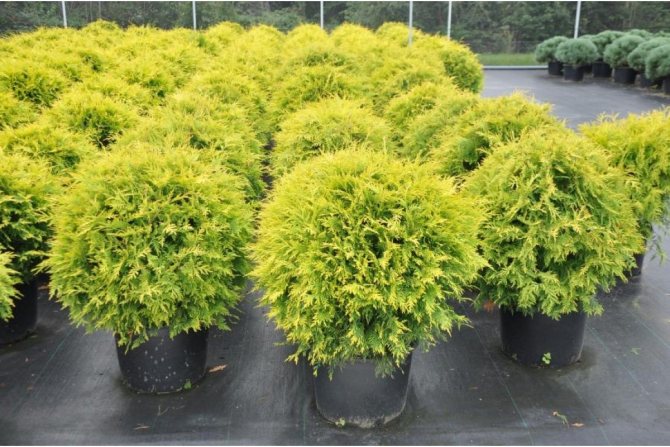
Thuja Occidentalis Golden Globe
Sunkist
A very slow growing shrub with a cone-shaped crown, giving no more than 5 cm of growth per year in height and width. An adult plant does not exceed 3 m in height. The needles in bright light take on a yellow color or a darker bronze tint. Shade-tolerant, drought-resistant, easily tolerates waterlogging of the soil. Withstands frost down to -42 ° С.

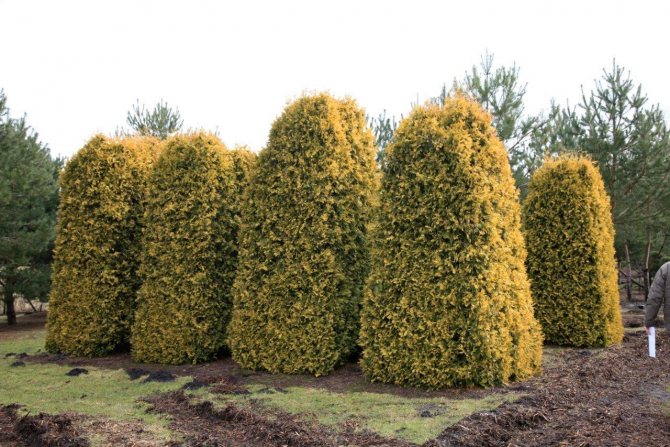
Thuja Occidentalis Sunkist
Reingold
An ovoid bonsai. The maximum height is up to 2.5 m, and the width is up to 1.5 m. The annual growth is not more than 10 cm. In summer, the needles are green-yellow, and in winter they are bronze-brown. Loves top dressing, abundant watering, bright sun. Winter will withstand up to -40 ° С.


Thuja Occidentalis Rheingold
Teddy
It is considered one of the smallest varieties of thuja, since by the age of 10 the height of the bush does not exceed 30 cm.In total, the plant can only grow up to 50 cm.The annual growth on average is about 2-3 cm.The soft needle needles have a dark green tint, and by autumn it becomes bronze. Prefers partial shade. Frost resistance up to -31 ° С.
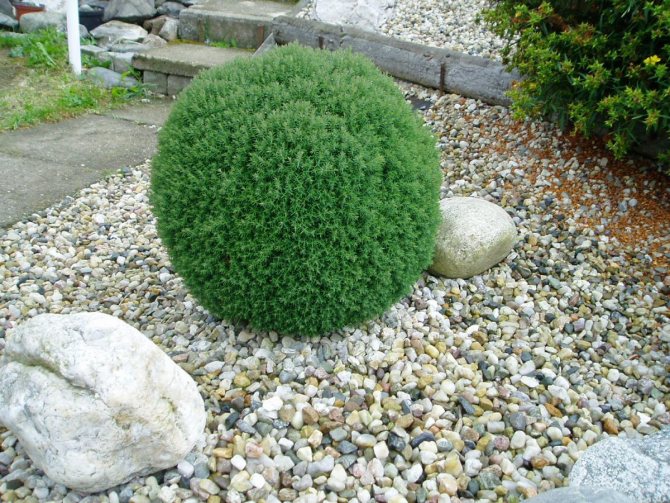
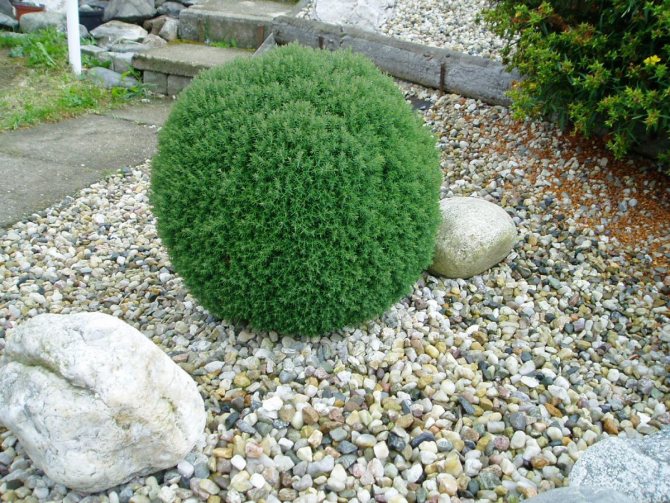
Thuja Occidentalis Teddy
Preparing thuja for winter
Despite their endurance, thujas need additional shelter for the winter. Preparation begins in the fall:
- Watering, feeding, pruning stops.
- The branches are pulled together with an elastic cord so that they do not break from the wind or the weight of the snow.
- High hilling and mulching are carried out.
- Dwarf thuja are covered with cardboard or non-woven fabric.
- In the regions of Siberia and the Urals, mini-greenhouses are being built for all thujas.
- With the onset of spring, greenhouses and cardboard can be replaced with lutrasil so that the bright sun does not burn the branches of the tree.
- The shelter is removed only after the onset of stable heat.
Thuja is a very beautiful ornamental plant that attracts with its graceful form and unobtrusive fresh aroma of the forest. The ability to ionize the air makes this ephedra also a very useful plant. Knowing some of the features of growing thuja, you can create a unique evergreen corner that pleases the eye and brings a good mood all year round.
